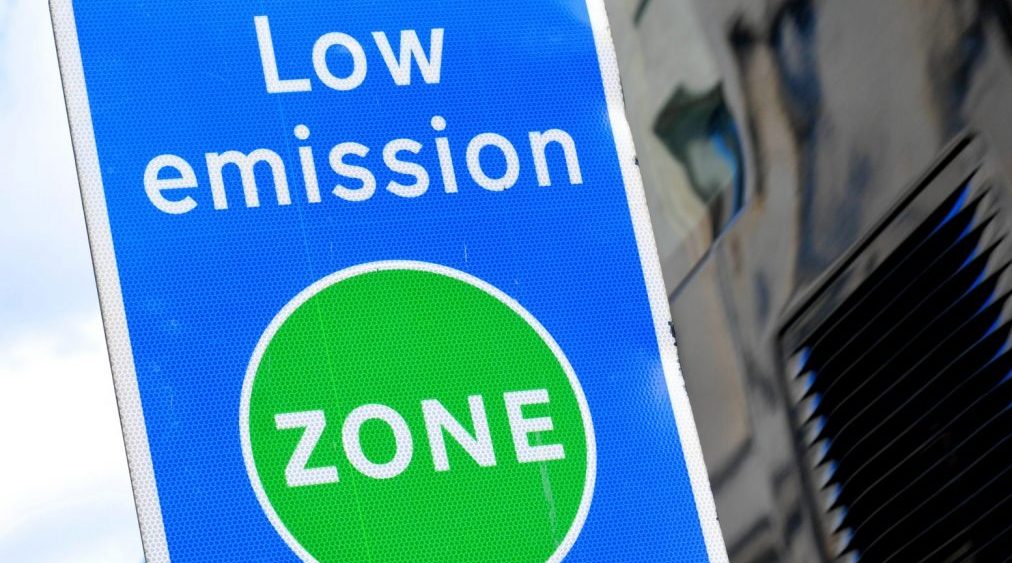The Issue
Until electric cars become commonplace, vehicles with internal combustion engines will remain a major contributor to air pollution. The UN predicts that some 70% of the world’s population will live in cities by 2050, up from around 56% today. More urbanization means more traffic in urban areas, more air pollution and a negative impact on air quality, health and the climate. At the same time there’s growing pressure from civil society to reduce air pollutants, often through clean air campaigns. As a result, policymakers are searching for ways to reduce our exposure to car emissions.
Why it’s important
One common solution is to create Low Emission Zones (LEZ), where vehicle use is regulated. The rules tend to vary across three dimensions: a) the vehicle – type and age of vehicle and fuel used; b) area – the location the LEZ applies to, it may be streets, neighbourhoods or entire cities; and c) time – when LEZ restrictions apply. But LEZs have become a controversial topic in many countries. Some argue that they help reduce traffic movements and encourage a switch to less polluting vehicles. Yet their impact on road users’ behavior and air pollution overall is often difficult to assess.
What our professor has to say:
With her co-researchers, HEC professor Virginie Lurkin investigated the overall impact on air pollution of various LEZ scenarios, each with different operating rules. The findings conclude that, depending on the LEZ setup, road users may well adapt their behavior in ways that reduce the potential benefits of LEZs. Some of the scenarios modelled produced marginal or no reductions in overall pollution.
“Users might bypass LEZs, not only increasing the distance travelled and resulting pollution, but also increasing congestion in specific parts of the city at certain times. Or more people may turn to public transport creating capacity problems,” says V. Lurkin. “That’s why it’s important to consider both the reduction of emissions in the zone but also to zoom out and look at other consequences.”
She observes: “In general, the behaviors of the users are not included in this type of transportation analysis. We need to incorporate a better understanding of the attitudes and perceptions of people affected by the different LEZ scenarios.”
Conclusion The merits of LEZs are already highly contested. Virginie Lurkin’s work adds to the debate by showing how LEZs, despite the best intentions of policymakers trying to improve air quality, can lead to negative unintended consequences. To improve the chances of a more positive outcome overall, Prof. Lurkin highlights the need to factor in the behavior of a broad group of users during LEZ planning and design. This means ensuring a multidisciplinary perspective when designing LEZs, with behavioral scientists and network design professionals working together, for example, to input into LEZ modelling.




